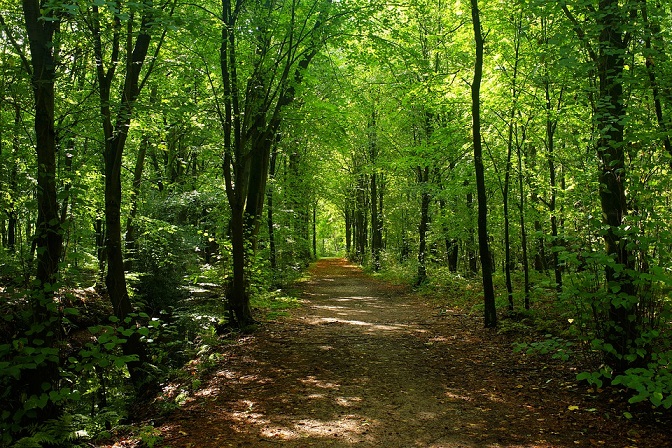Large tracts of forest in Sumatra, Indonesia have been replaced by cash crops such as oil palm and rubber plantations over the past few decades.
According to research published in the European Geosciences Union journal Biogeosciences, these changes in land-use are increasing temperatures in the region that could affect plant and animal-life in these areas as well as making parts of the country more vulnerable to wildfires.
The most widely-used vegetable oil in the world is palm oil, as it is used in the manufacture of such diverse items as chocolate and soap. Indonesia is the biggest producer of palm oil, the growth of which has seen large swathes of rainforest cleared away in favour of palm oil plantations.
The highest loss of rainforest to plant palm oil plantations has been on the island of Sumatra. While it is known that the changes in land-use have meant a substantial loss of animal and plant diversity, it is only recently that the impact of these changes on temperatures in the region have been studied.
Clifton Sabajo and Alexander Knohl from the University of Göttingen in Germany recently led an international team of researchers in a study that shows that the expansion of oil palm and other cash crops in Sumatra has led to increased temperatures in the region.
“Land use change from forest to cash crops such as oil palm and rubber plantations does not only impact biodiversity and stored carbon, but also has a surface warming effect, adding to climate change,” said Knohl.
During the study, differences in surface temperature for various types of land cover such as clear-cut land, forests, and cash crops, in the Jambi province of Sumatra were studied, data was collected on the ground and satellite data collected between 2000 and 2015 by the NASA Landsat missions and the MODIS instrument.
The study found that clear-cut land, which is mainly used for agriculture, was up to 10 °C warmer than forests; mature palm oil plantations were about 0.8 °C warmer than forests, while young palm oil plantations were 6 °C warmer.
Overall, the average mid-morning surface temperature in the Jambi province increased by 1.05 °C between 2000 and 2015, partially due to climate change and partially as a direct result of changes in land use. According to Knohl, The land-surface temperature of the forest sites (at 10:30am) only increased by 0.45 °C, suggesting that at least 0.6 °C of the 1.05 °C increase is due to land-use change.”
Get bottled water cooler and mains water cooler from Living-Water in London.






